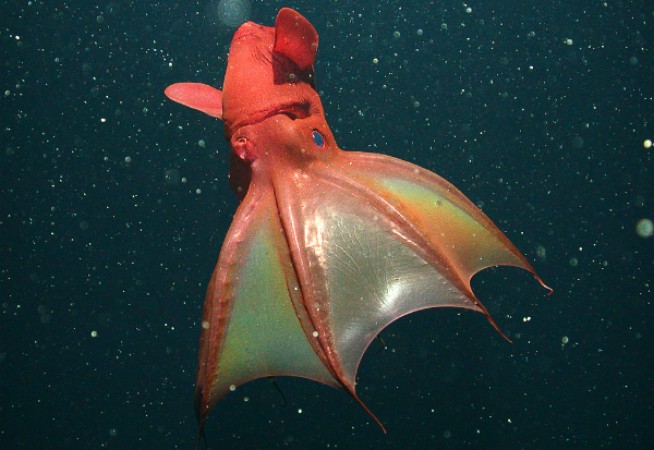
When we think about the incredible diversity of life on Earth, one fascinating aspect to explore is the vast range of lifespans that different creatures possess. Some species enjoy long and leisurely lives, while others live for only a fleeting moment. In this article, we will delve into the world of creatures with the shortest lifespan, shedding light on these tiny but remarkable beings.
Before we dive into specific examples, let's briefly discuss what lifespan means. Lifespan refers to the maximum amount of time a living organism can expect to live under optimal conditions. Factors such as genetics, environmental conditions, and predators all play a role in determining an organism's lifespan.
Mayflies (Ephemeroptera) are perhaps the poster children for short-lived creatures. These delicate insects are known for their incredibly brief adult phase, which can last from just a few minutes to a few days. Here's a closer look at their intriguing lifecycle:
Mayflies spend the majority of their lives as aquatic nymphs, which can last anywhere from a few months to several years. However, their moment in the sun comes when they emerge as adults.
As adults, mayflies have only one thing on their minds: reproducing. They mate quickly and energetically, often forming massive swarms near bodies of water.
After mating, the adult mayflies have served their purpose and die within hours or, at most, a few days. This ephemeral existence is a marvel of nature.
Gall midges (Cecidomyiidae) are another group of insects with astonishingly short lifespans. These tiny flies measure only a few millimeters in length, and their lifecycle is as brief as it gets:
Gall midge adults lay their eggs on plant leaves, and the hatched larvae feed voraciously on the host plant. Their entire existence revolves around this feeding stage.
Once they complete their larval development, gall midges transform into adults. However, their time as adults is incredibly short, often lasting less than 24 hours.
During their brief adulthood, gall midges must find a mate and lay eggs to continue their species' cycle. The urgency of their short lives is astounding.
Both mayflies and gall midges exemplify the concept of "living fast and dying young." Their lifespans are astonishingly short, yet they play crucial roles in their ecosystems.
Mayflies serve as environmental indicators because their presence or absence in aquatic ecosystems can signal the health of the water. Their short adult lives highlight the importance of swift reproduction.
Gall midges, while short-lived, can impact plant populations. Their larval feeding can cause the formation of galls on leaves, affecting the plant's growth and health.
The brief existence of these creatures is a testament to the diversity of life on Earth. While some animals enjoy long, luxurious lives, others, like mayflies and gall midges, experience the world in fast-forward. Their ephemeral existence reminds us of the intricate web of life, where every species, no matter how short-lived, plays a vital role.
In conclusion, the world of creatures with the shortest lifespan is a captivating one. Mayflies and gall midges, among others, live life in the fast lane, with moments of intense activity and reproduction before fading away. Their stories remind us of the beauty and fragility of life in all its forms.
So, the next time you spot a mayfly by the river or a gall midge on a leaf, take a moment to ponder the brevity of their existence. It's a powerful reminder that life, in all its forms, is a precious and fleeting gift.
4 healthy recipes for breakfast that will help you lose weight
Is a craving for chocolate a sign of a magnesium deficiency?